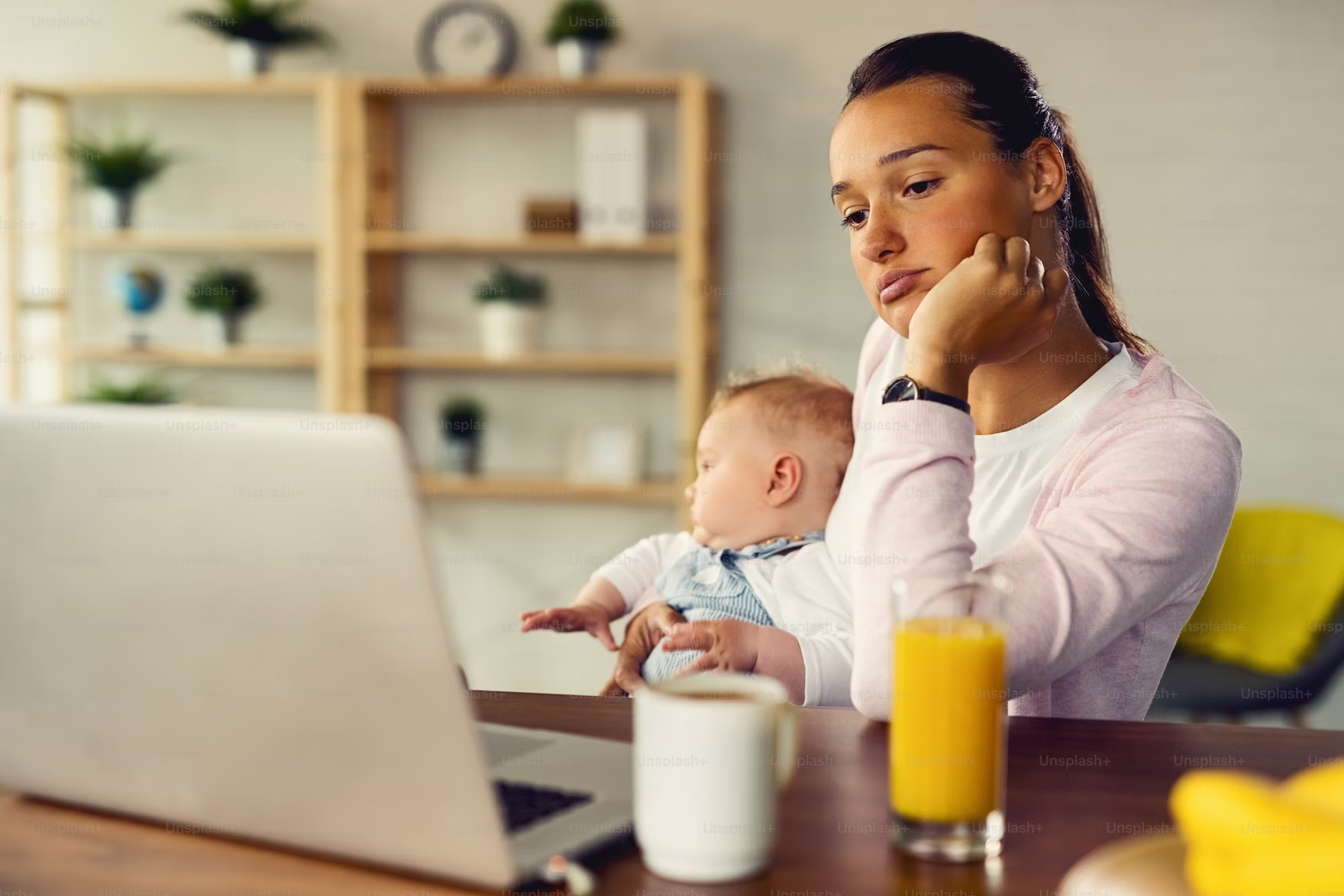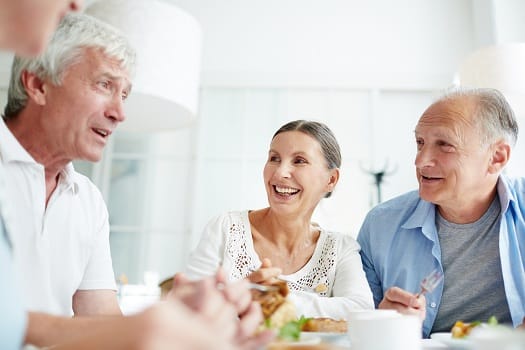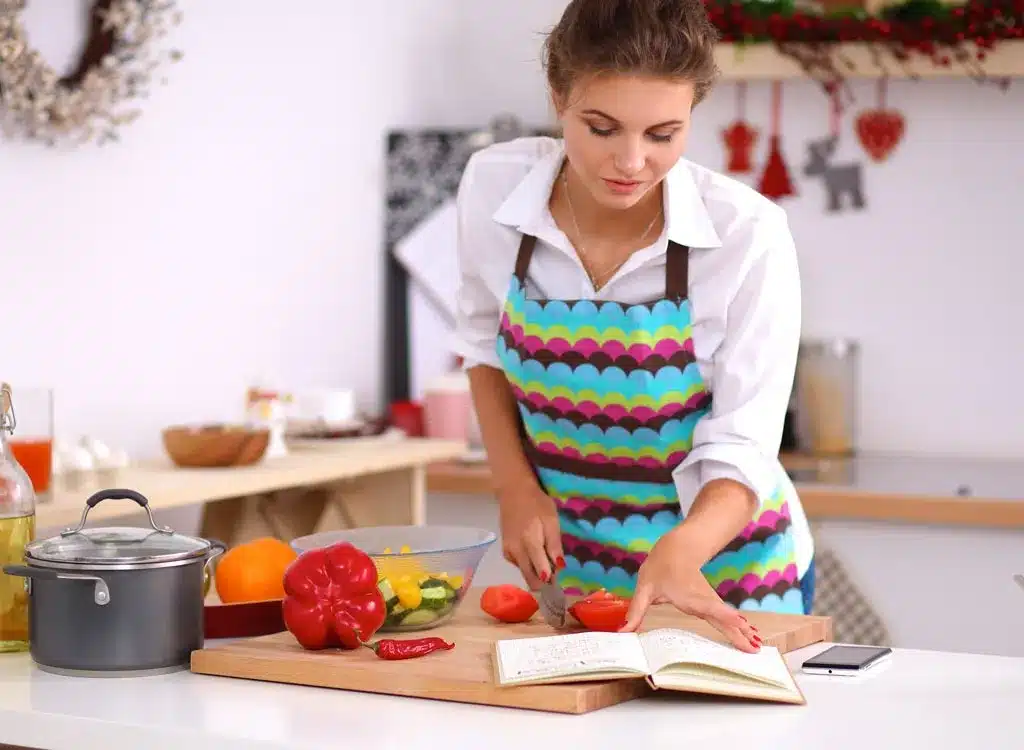The key to a successful au pair arrangement lies in setting up a schedule that’s fair, flexible, and family-friendly. A well-thought-out schedule not only ensures that your children are well cared for, but it also fosters a positive environment where your au pair can thrive. So, let’s get into how you can create that balanced schedule everyone’s happy with!
Understanding the Role of an Au Pair
An au pair from the likes of goaupair.com isn’t a full-time nanny, housekeeper, or personal assistant. Instead, they are young people from another country who come to live with your family and help with childcare in exchange for room, board, and a cultural exchange experience.
They’re here to help you, but they’re also here to learn, explore, and enjoy their time with your family. That’s why it’s so important to strike a balance in the schedule – giving them enough time to do their job effectively, while also allowing them the freedom to experience life in a new country.
Assessing Your Family’s Needs
The first step in creating a balanced schedule is assessing your family’s specific needs. This involves considering the number of children you have, their ages, their school hours, extracurricular activities, and your work schedule.
- Childcare needs – What are the daily routines for your children? When do they need to be picked up or dropped off at school? Do they have any after-school activities that require transportation?
- Household help – While an au pair’s primary role is childcare, they can also help with light household tasks like preparing meals for the kids, doing their laundry, or tidying up their play areas. Decide how much help you need with these tasks.
- Your work schedule – Do you work full-time, part-time, or from home? How much overlap is there between your work hours and the time your children need care?
- Weekends and evenings – Will you need your au pair to work during weekends or evenings, or is this family time?
Answering these questions will give you a clearer picture of the hours you’ll need your au pair to work, as well as when they’ll have time off.
Setting Clear Expectations
Once you’ve assessed your needs, it’s crucial to communicate these clearly with your au pair. Setting expectations upfront avoids confusion and ensures that everyone is on the same page. This includes:
- Working hours – How many hours will they be expected to work each week? Most au pair programs set a limit, typically around 30 to 45 hours per week.
- Days off – Ensure your au pair has at least one full day off per week, as well as a full weekend off each month. This gives them time to rest, explore, and enjoy their experience.
- Specific tasks – Be clear about what tasks are expected during their working hours. This could be anything from helping with homework to making school lunches.
- Flexibility – Life happens! Sometimes you might need your au pair to step in unexpectedly. Be upfront about this, but also make it clear that flexibility goes both ways. If they have a special event or trip they want to attend, be open to adjusting the schedule when possible.
Creating the Weekly Schedule
Now comes the fun part—putting it all together into a weekly schedule. The goal here is to ensure that the schedule is consistent enough to provide stability but flexible enough to accommodate everyone’s needs.
Example Weekly Schedule:
Monday to Friday
-
- Morning (7 AM – 9 AM) – Help the kids get ready for school, prepare breakfast, and handle drop-offs.
- Midday (12 PM – 3 PM) – Free time for the au pair. They can use this time to attend classes, meet friends, or relax.
- Afternoon (3 PM – 6 PM) – Pick up the kids from school, assist with homework, and prepare snacks.
- Evening (6 PM – 8 PM) – Help with dinner and bedtime routines if needed.
Saturday
-
- Day off – Your au pair can use this time to explore, socialize, or simply unwind.
Sunday
-
- Morning (9 AM – 12 PM) – Family day activity. Include your au pair in your plans, whether it’s a trip to the park or a family brunch. This helps them feel like part of the family.
- Afternoon (12 PM – 6 PM) – Free time or light duties depending on family needs.
Encouraging Open Communication
A balanced schedule isn’t just about the hours worked—it’s also about the relationship you build with your au pair. Encourage open communication from the start. Make sure your au pair feels comfortable discussing any issues or concerns they have with the schedule or their duties.
Consider having a weekly check-in where you can discuss how things are going. This could be over coffee on a Sunday morning or during a quick chat at the end of the week. Use this time to make adjustments to the schedule if needed and to ensure that everyone’s happy.
Building Flexibility into the Schedule
Flexibility is key to maintaining a balanced schedule. While it’s important to have a structure, life is unpredictable, and your au pair’s schedule should be able to adapt when necessary.
For example, if one of your children is sick and needs extra care, you might need your au pair to work additional hours one week. On the flip side, if your au pair has a special occasion or a visitor from their home country, you could give them a few extra hours off to enjoy that time.
Being flexible shows your au pair that you respect their time and their experience, which in turn fosters a stronger, more trusting relationship.
Making Time for Cultural Exchange
One of the unique aspects of having an au pair is the cultural exchange it brings to your family. Make sure your schedule allows for moments of cultural sharing, whether that’s trying a traditional dish from their country, celebrating a holiday they hold dear, or simply learning a few phrases in their language.
Final Thoughts
Creating a balanced schedule for your au pair and family is about more than just managing time—it’s about fostering a positive, nurturing environment where everyone can thrive.











 Once you have a better understanding of the types of therapies available, the next step is evaluating the qualifications and experience of potential therapists. Ensuring that therapists have appropriate certifications and credentials is essential.
Once you have a better understanding of the types of therapies available, the next step is evaluating the qualifications and experience of potential therapists. Ensuring that therapists have appropriate certifications and credentials is essential. The cost of therapy services can vary widely, so it’s important to understand the financial aspects before making a decision. Some providers may offer sliding scale fees based on your income or financial situation, which can make services more affordable.
The cost of therapy services can vary widely, so it’s important to understand the financial aspects before making a decision. Some providers may offer sliding scale fees based on your income or financial situation, which can make services more affordable.
 Preparation for a lab test, regardless of the type, doesn’t mean studying before your appointment. Even if you’re collecting the specimen at home, you don’t need to pour over medical texts.
Preparation for a lab test, regardless of the type, doesn’t mean studying before your appointment. Even if you’re collecting the specimen at home, you don’t need to pour over medical texts. Okay, you’re following all of your doctor’s instructions. You’re not eating or drinking and are well-rested. Now, it’s time to think about how to be prepared for the lab visit. Yes, this includes showing up on time for the appointment.
Okay, you’re following all of your doctor’s instructions. You’re not eating or drinking and are well-rested. Now, it’s time to think about how to be prepared for the lab visit. Yes, this includes showing up on time for the appointment.
 As our parents grow older, their physical needs may change dramatically. They may require assistance with daily tasks, such as bathing, dressing, or mobility. It is essential to be proactive in understanding their specific needs and adapting the home environment accordingly.
As our parents grow older, their physical needs may change dramatically. They may require assistance with daily tasks, such as bathing, dressing, or mobility. It is essential to be proactive in understanding their specific needs and adapting the home environment accordingly. Nurturing the emotional well-being of elderly parents is a multifaceted endeavor. Effective communication, empathy, and a compassionate approach are key to fostering a positive and supportive environment.
Nurturing the emotional well-being of elderly parents is a multifaceted endeavor. Effective communication, empathy, and a compassionate approach are key to fostering a positive and supportive environment. When selecting a nursing home for your elderly parent, there are several key factors to consider:
When selecting a nursing home for your elderly parent, there are several key factors to consider:





